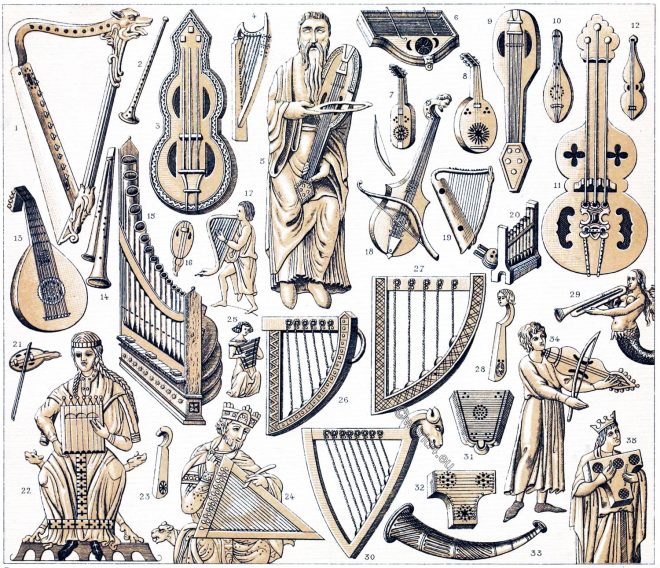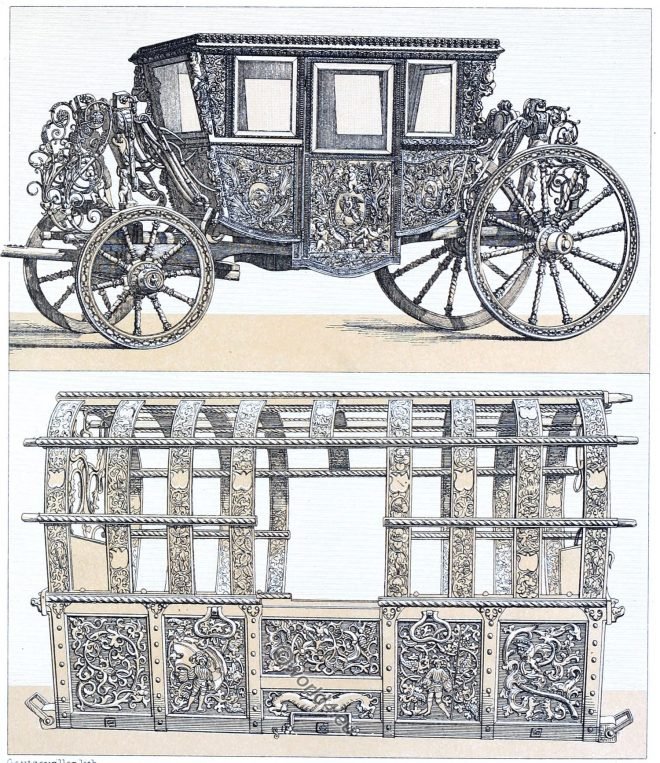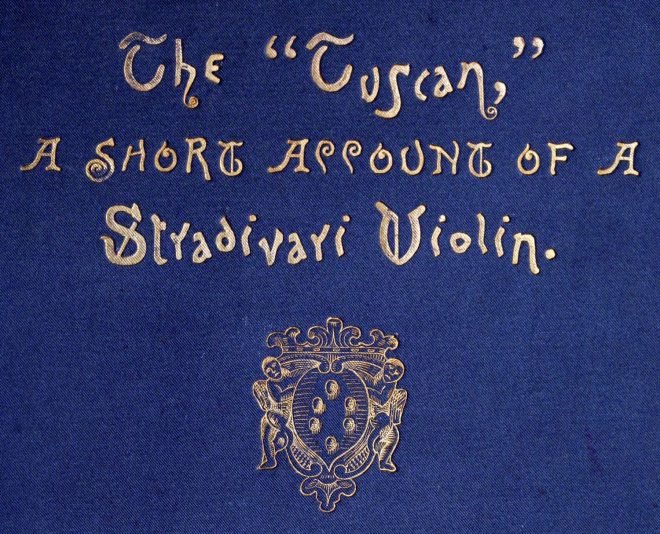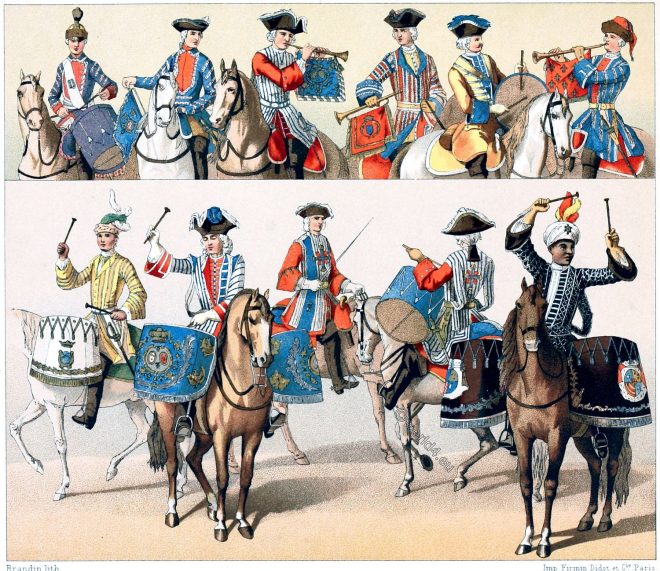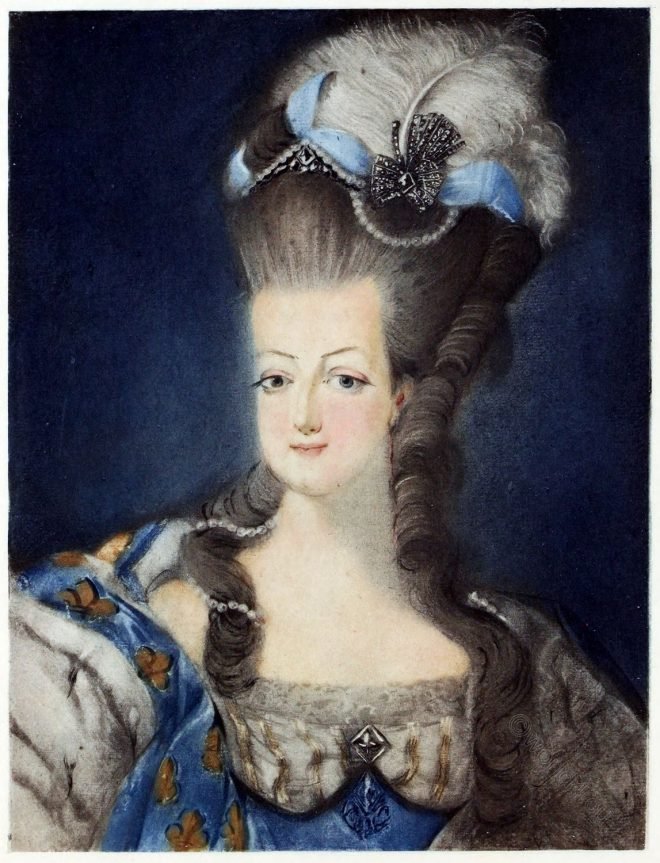Design of a silk pattern in franco-oriental style based on Persian ornamentation. France at the beginning of the 17th century.
Military of ancient Rome. Roman legions. Field signs. The legionary eagle.
Military of ancient Rome. Roman legions. Field signs. The legionary eagle. The Signifier, Aquilifer, Pincipales. The Roman army. The standard of the barbarians.
Neapolitans eating macaroni. Italian scenery, manners and customs 1809.
The plate represents a country maccaronara; for so are called those public houses where nothing but macaroni is sold; and no village is without them. The Neapolitan macaroni is easily known by not being twisted like that of Genoa, but straight, or bent only at one end.
Musical instruments of the Middle Ages from the 12th to the 16th century.
Medieval musical instruments. Stringed instruments. The harp, the psaltery, the rota, the lute, the mandora, the guitar, the zither and the citole.
Transport wagons, coaches and carriages in 16th and 17th century.
Transport wagons, coaches and carriages in 16th and 17th century Europe. Coaches in France. Continental carriages in the 13th and 14th century.
Garde du Corps. Hussars and Ulans. Uniforms of the 18th century.
France first half of the 18th century uniforms. Rattky and Bercheny-Husars. Garde du Corps. Foreign regiments. Hussars and Ulans. Uniforms of French soldiers of the 18th century.
The Tuscan Stradivari. A short account of a Violin.
The “Tuscan.” A short account of a Violin by Stradivari. Made for Cosimo III de Medici, Grand Duke of Tuscany, Dated 1690.
Embroidered Fukusa. Japan ornamental arts.
Embroidered Fukusa. Japan ornamental arts, by George Ashdown Audsley, 1882.
France 18th century. Military uniforms. Cavalry music.
France 18th century. Military uniforms. Cavalry music. Companies of the Kings Guard. The royal livery. The Musketeers of the Royal Guard.
Marie-Antoinette as Dauphine and as Queen of France.
Marie-Antoinette as an example of elegance and extravagance.Rococo the period of the gallantry.




